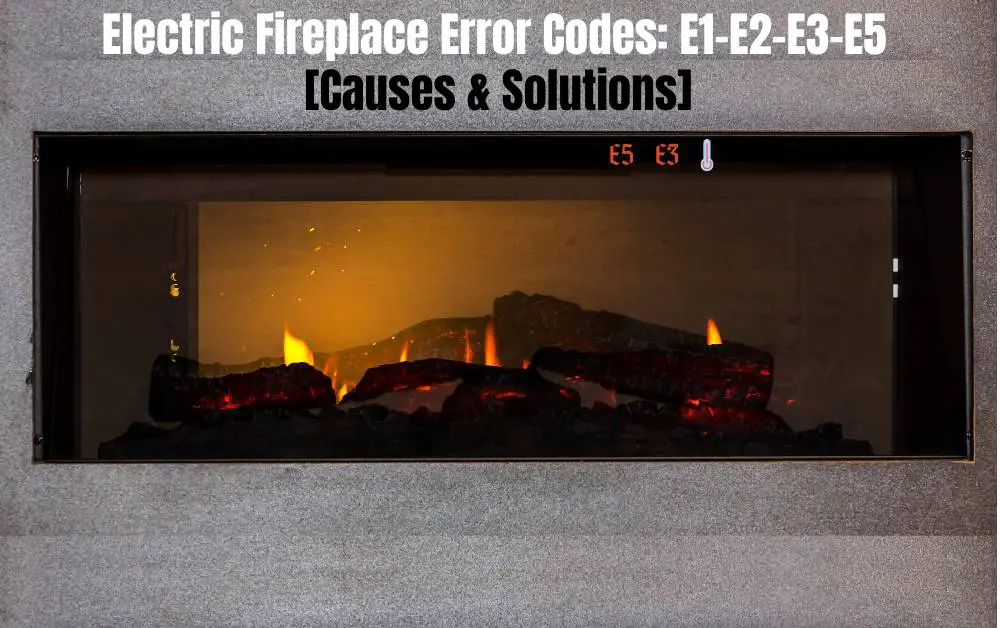In the ever-evolving landscape of home design and comfort, the allure of electric fireplaces has become increasingly popular. Electric fireplaces emerge as a versatile and convenient solution as homeowners seek efficient and aesthetically pleasing alternatives to traditional wood-burning fireplaces.
However, installing these modern marvels requires careful consideration and adherence to specific requirements to ensure safety and optimal performance.
How to Install an Electric Fireplace Insert?
Installing an electric fireplace involves several considerations to ensure safety, proper functionality, and compliance with local building codes.
It’s essential to consult the specific installation instructions provided by the manufacturer and adhere to local regulations:
Choose Ideal Location:
Install the electric fireplace on a flat, level surface. Maintain proper clearances from combustible materials.
Follow the manufacturer’s recommendations regarding the minimum distance between the fireplace and surrounding walls, furniture, and other items.
Electrical Requirements:
Ensure the electric fireplace is installed near a power source with the appropriate voltage and amperage specified by the manufacturer.
Avoid using extension cords whenever possible. If an extension cord is necessary, use a heavy-duty one rated for the fireplace’s power requirements.
Ventilation:
Most electric fireplaces do not require venting, but following the manufacturer’s guidelines is essential.
Do not obstruct the fireplace’s air intake or outlet vents to ensure proper ventilation and prevent overheating.
Mounting:
If the electric fireplace is designed for wall mounting, follow the manufacturer’s instructions for secure and proper installation.
If it’s a freestanding unit, ensure it is stable and won’t tip over.
Clearances:
Maintain proper clearances around the fireplace, including the top, sides, and front. These clearances are essential for safe operation and preventing overheating.
Surroundings:
Keep flammable materials away from the fireplace to prevent fire hazards. This includes curtains, drapes, furniture, and other combustible items.
Wiring:
Conceal wiring properly to prevent tripping hazards and damage. If the fireplace has a built-in cord, ensure it is in good condition.
Thermostat and Controls:
Ensure that the thermostat and controls are easily accessible for operation and maintenance.
Assembly and Installation:
Follow the manufacturer’s step-by-step instructions for assembly and installation.
This may include attaching the firebox, securing the glass front, and mounting any included trim or surround.
Building Codes:
Check your local building codes and regulations for fireplace installation to ensure compliance with specific requirements for electric fireplace installations in your area.
Related Posts:
Affiliate Disclosure: Fireplaceadviser.com is a participant in the Amazon Services LLC Associates Program. We may earn a commission when you click on certain links on this site and purchase.

Hello!! I am Jamal Khan. I often fix my home electric heaters and gas stove problems and research the common issues in the heating units to improve my knowledge and expertise. The aim of establishing fireplaceadviser.com is to share my expertise and knowledge with my audience.












